Notes
#BringBackOurHashtag: Activism, Hacktivism & Photography in the Social Media Sphere
Social media activism is an undeniably important part of public protest, and photography plays a particularly vital part in these virtual demonstrations. The old adage that a picture speaks a thousand words remains problematic but evidences some truth on platforms like Twitter where textual brevity and a carefully selected image can often make up the shortfall.
However the efficacy and the potentially unintended consequences of these forms of online protest remain unclear. In the United Kingdom there has been some debate about whether the move towards ‘hashtag activism’ undermines traditional forms of protest, replacing highly visible demonstrations with easily overlooked electronic campaigns. A certain irony was reflected in a highly publicized recent protest by BBC staff challenging the jailing of three Al Jazeera journalists, while a traditional protest on the corporation’s doorstep a few days earlier, attended by 50,000 people, went largely unreported.
These virtual protests are often at risk of being hijacked or redirected, as particularly evident with the #Bringbackourgirls campaign. Begun around a week after the 15th April kidnapping of 276 girls from a school in Borno State, Nigeria, the #Bringbackourgirls was initiated by citizens in the city of Abuja frustrated by the government’s passive efforts to find the girls. The hashtag soon began to spread beyond the country. At the start of May, the BBC estimated that 44% of tweets using the hashtag were coming from the US, compared to 22% from Nigeria.
As it moved from national to global phenomenon, #Bringbackourgirls began to be accompanied by problematically generic imagery, ranging from non-specific pictures of Nigeria’s decade long insurgency, to misappropriated photographs of girls from other parts of the continent, acting as stand-ins for the missing. Inevitably these photographs were also accompanied by a burst of hashtag protest selfies, by everyone from anonymous citizens to well-known celebrities and politicians. Most notable was Michelle Obama’s, which was retweeted nearly 60,000 times.
The Michelle Obama photograph is more relevant to this story than it first seems, since it’s incredible visibility has led to it being appropriated by a range of groups and individuals, and photoshopped to alter its message. Even ISIS has allegedly produced one with the tag #bringbackourhumvee, presumably a reference to the quantity of US military hardware which has been captured by the group in Iraq:
The same thing has happened with the #Bringbackourgirls campaign more generally, as the hashtag has started to be recycled and reused by disparate groups around the world seeking to take on some of the campaign’s credibility and momentum, while adding their own imagery to augment the hashtag’s precise meaning.
It has reappeared for example as #Bringbackourmarine, a reference to a US Marine sergeant held on gun charges in Mexico. It also appeared as #BringBackOur$3million by Ghanaians unhappy at their government’s decision to pay the Ghanaian football squad an extra bonus, shortly before they were knocked out of the World Cup. Perhaps the most bizarre iteration has been the Ukrainians tweeting #bringbackourdolphins, a reference to the ‘combat dolphins’ seized by Russia following it’s annexation of Ukraine’s Crimea region back in February.
The most significant reinvention though has been #Bringbackourboys adapted by Israelis protesting the abduction of three teenagers from the West Bank on 12th June. The associated imagery has replicated that of past campaigns, being a mixture of generic images of the search combined with celebrity photo endorsements of the hashtag. The most common element has been the use of photographs of the boys themselves, often accompanied by snippets of information about them. The online visibility of Gilad Shaar, Naftali Frenkel, and Eyal Yifrach throws the #Bringbackourboys campaign into stark contrast when compared against the nameless invisibility of the two hundred missing Nigerian girls.
In another twist #Bringbackourboys has been repurposed again, this time applied by the pro-Palestinian camp to challenge Israeli detention and killing of Palestinian children. With a certain lack of irony, one of the Israeli originators of the #Bringbackourboys, named by the BBC as Keren Bar, accused the pro-Palestinians tweeters of stealing the hashtag, and demanded it back. In the pro-Palestinian context the associated imagery changes still again, to (again very generic) photographs of Israeli soldiers apparently detaining or intimidating Palestinian children, and in some cases photographs of the dead or detained.
Distressing as these photographs are, the anonymity reduces the emotional impact compared to the images of the three Israeli boys, where names and personal information play a large part in making it easier to identify with across the digital divide.
In line with the personification of #Bringbackourboys, the beating of a 15 year old Palestinian-American Tariq Abukhdeir by Israeli police, and the circulation of photographs of his swollen face on social media offers the pro-Palestinian camp a comparable, and more internationally transferable example of the abuses they are protesting in response.
Returning finally to where we started, it’s clear that campaigns centered around often quite generic hashtags are difficult to control and can easily grow beyond the intentions of their instigators. When this happens, imagery plays a significant role in directing the new meaning of the campaign and shaping the effectiveness and precise effect of the campaign on the viewer.
It seems hard to justify the claim that social media is supplanting traditional protest, when in many cases the two seem to be working in conjunction. Traditional protest increasingly looks like an opportunity to advertise social media campaigns (think of the ubiquity of signs and banners bearing hashtags) and social media campaigns often catalyze public protest by raising the visibility of issues that drive people into the streets.
— Lewis Bush
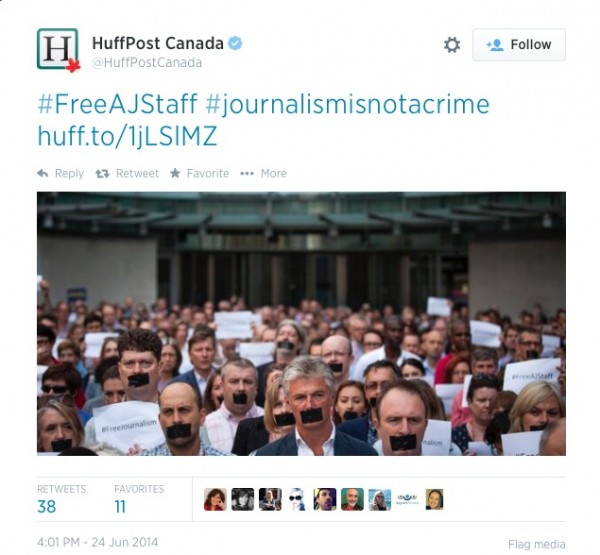
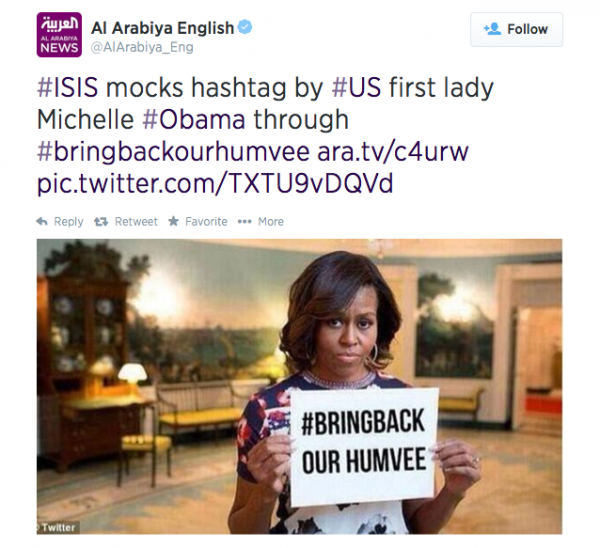


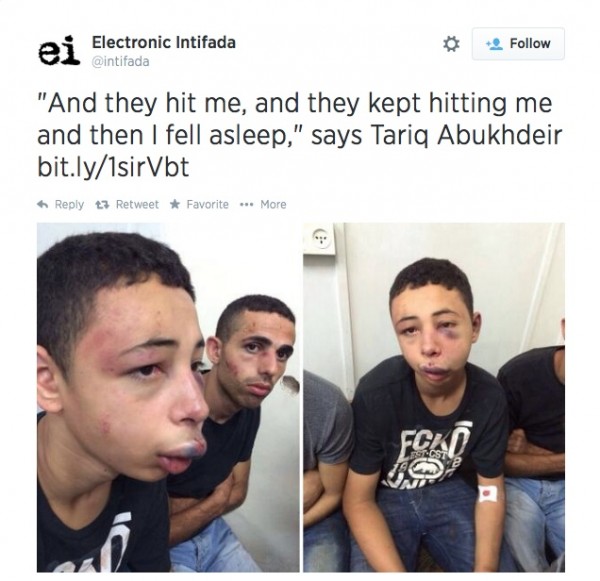
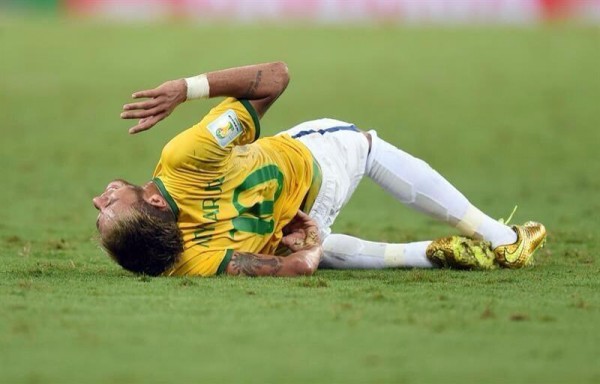
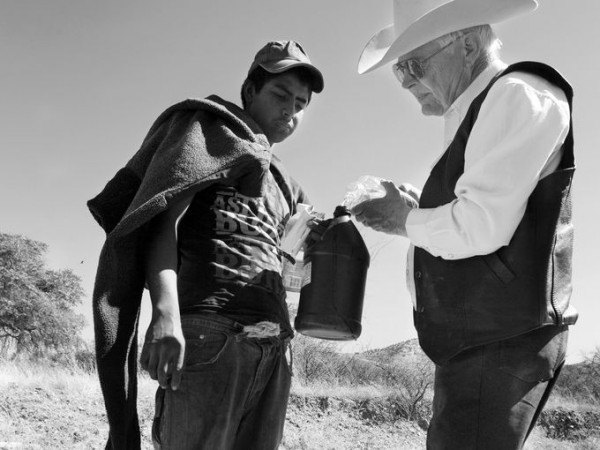
Reactions
Comments Powered by Disqus